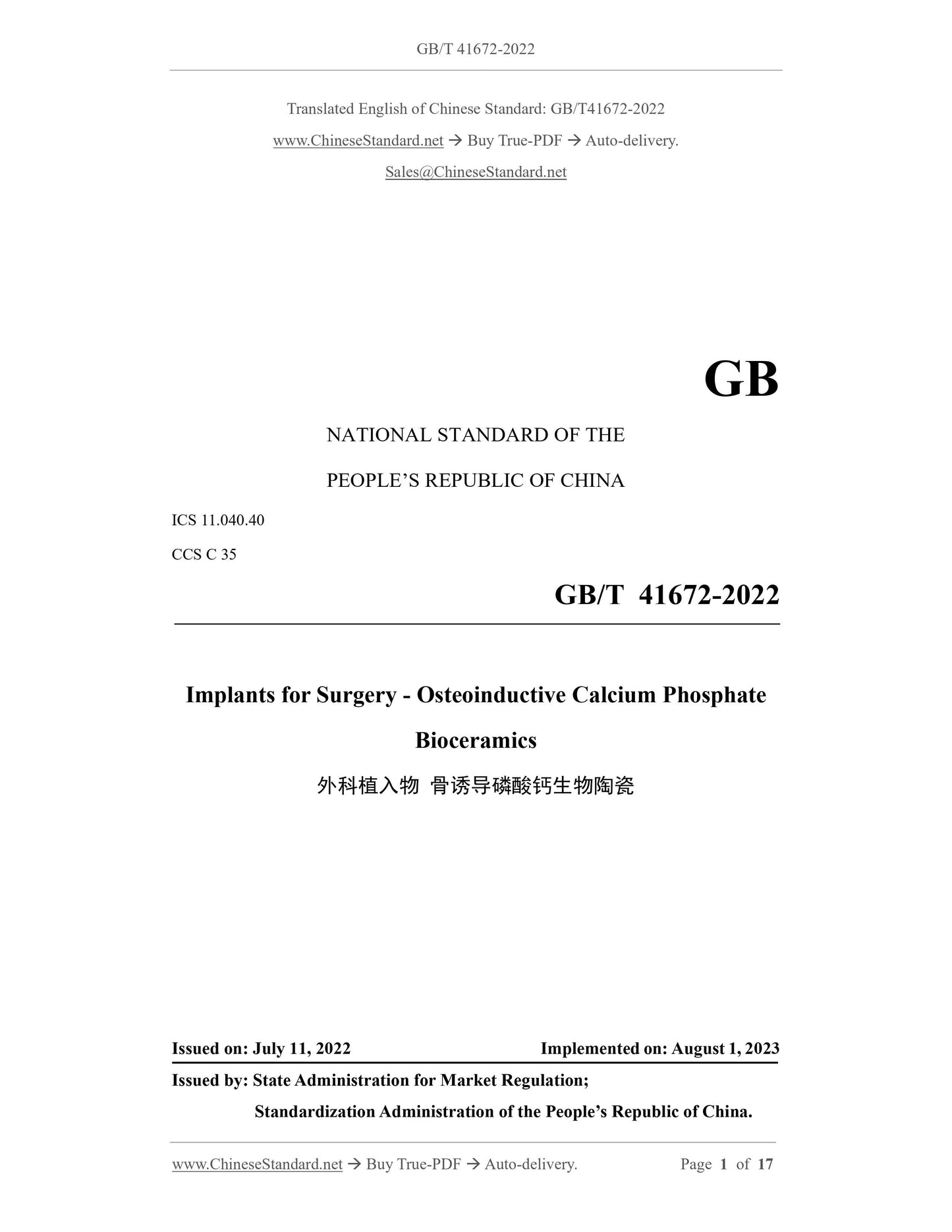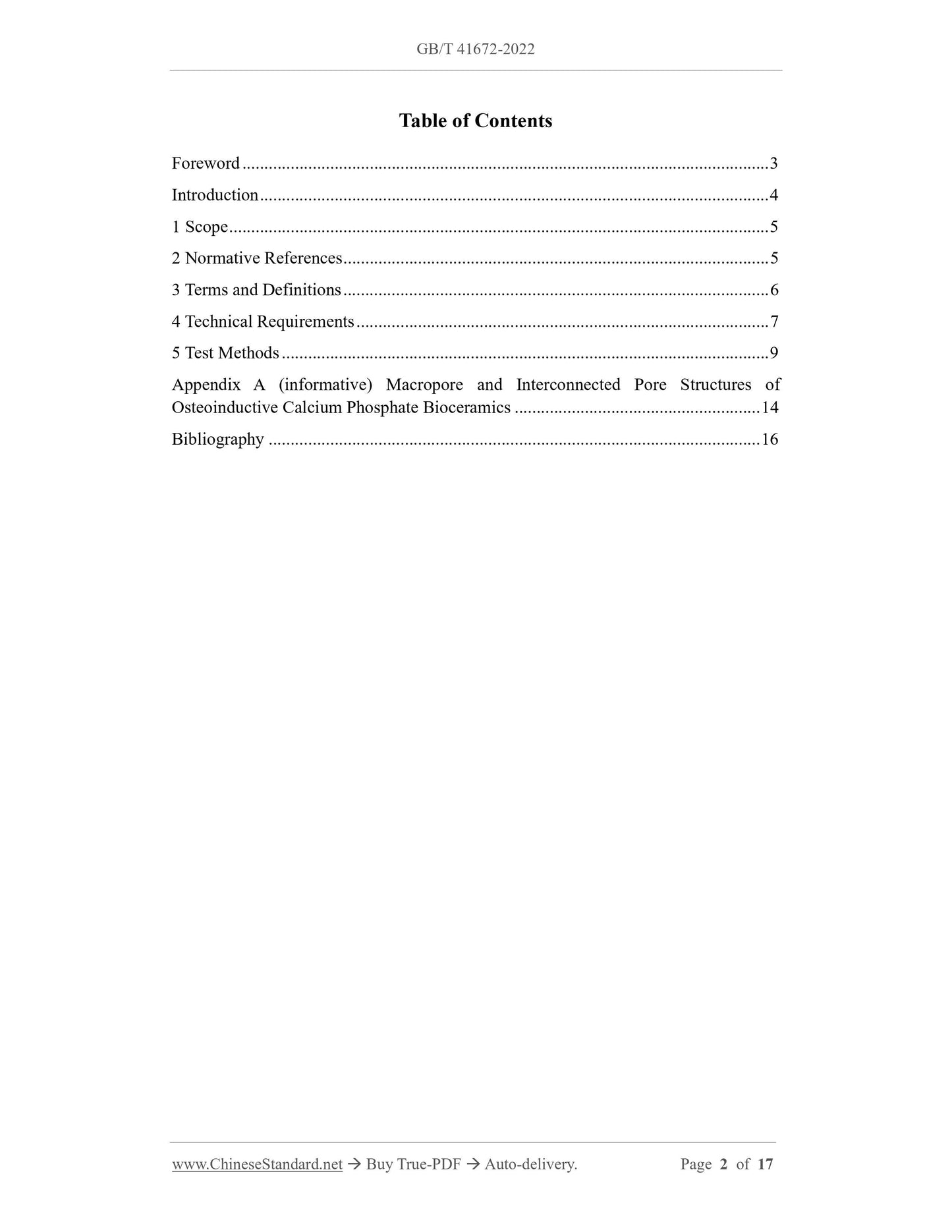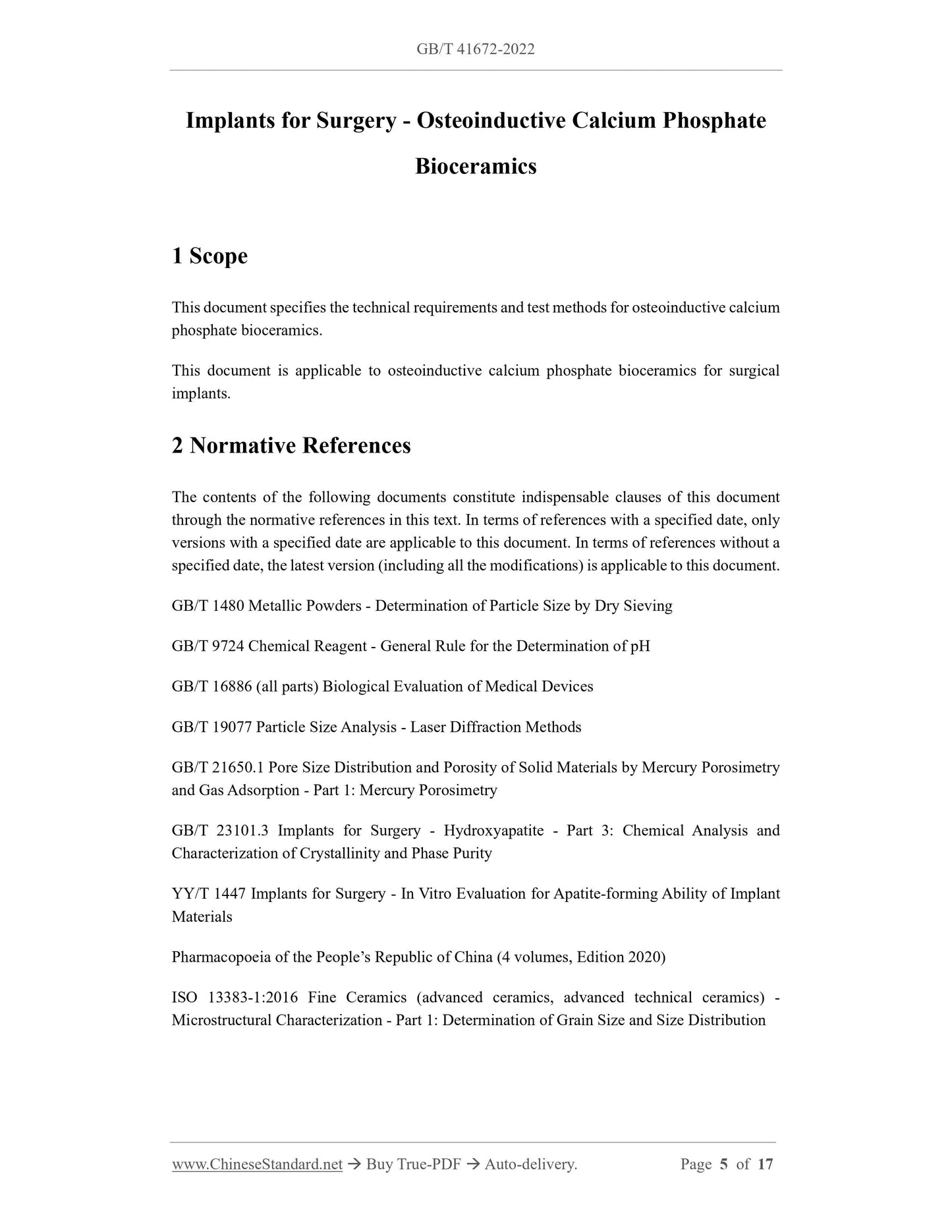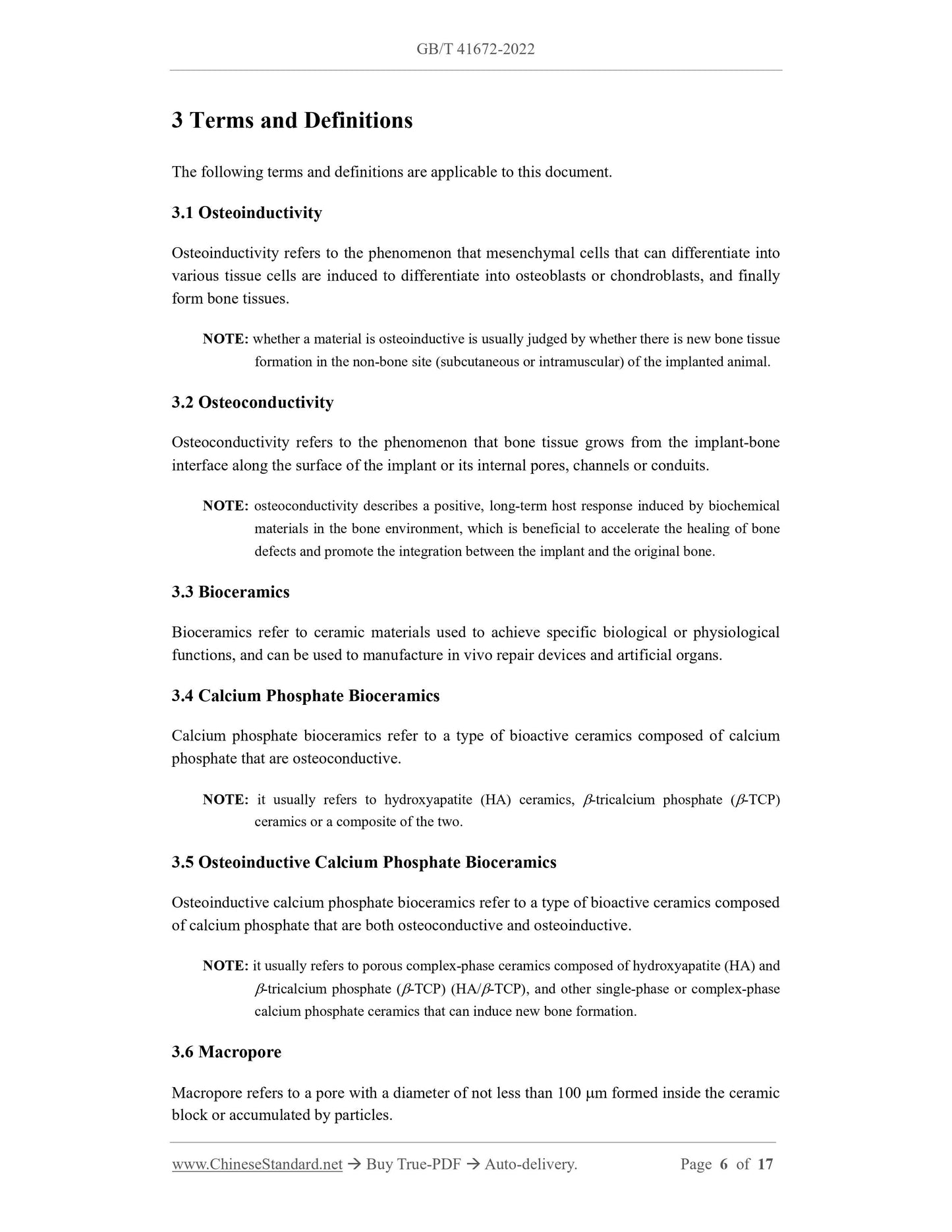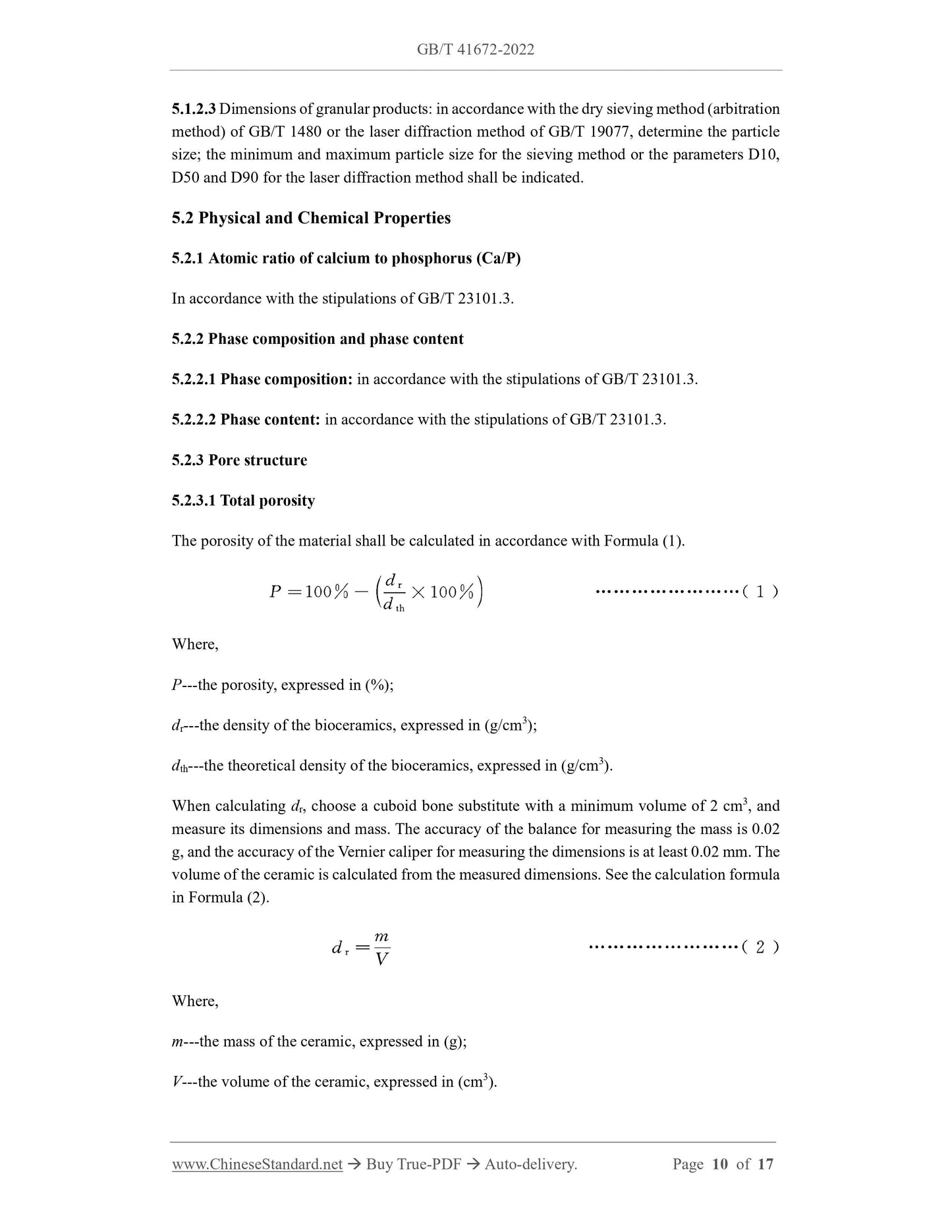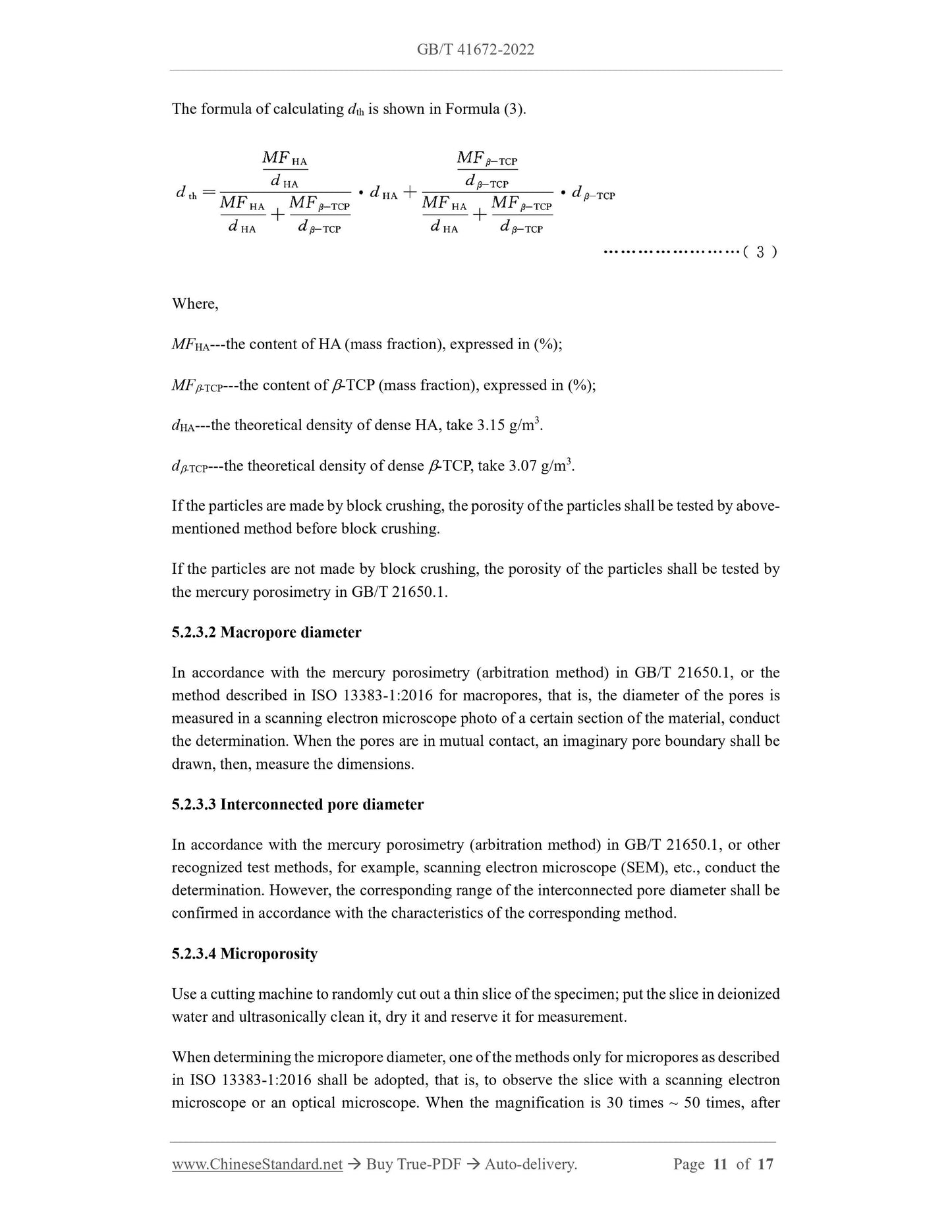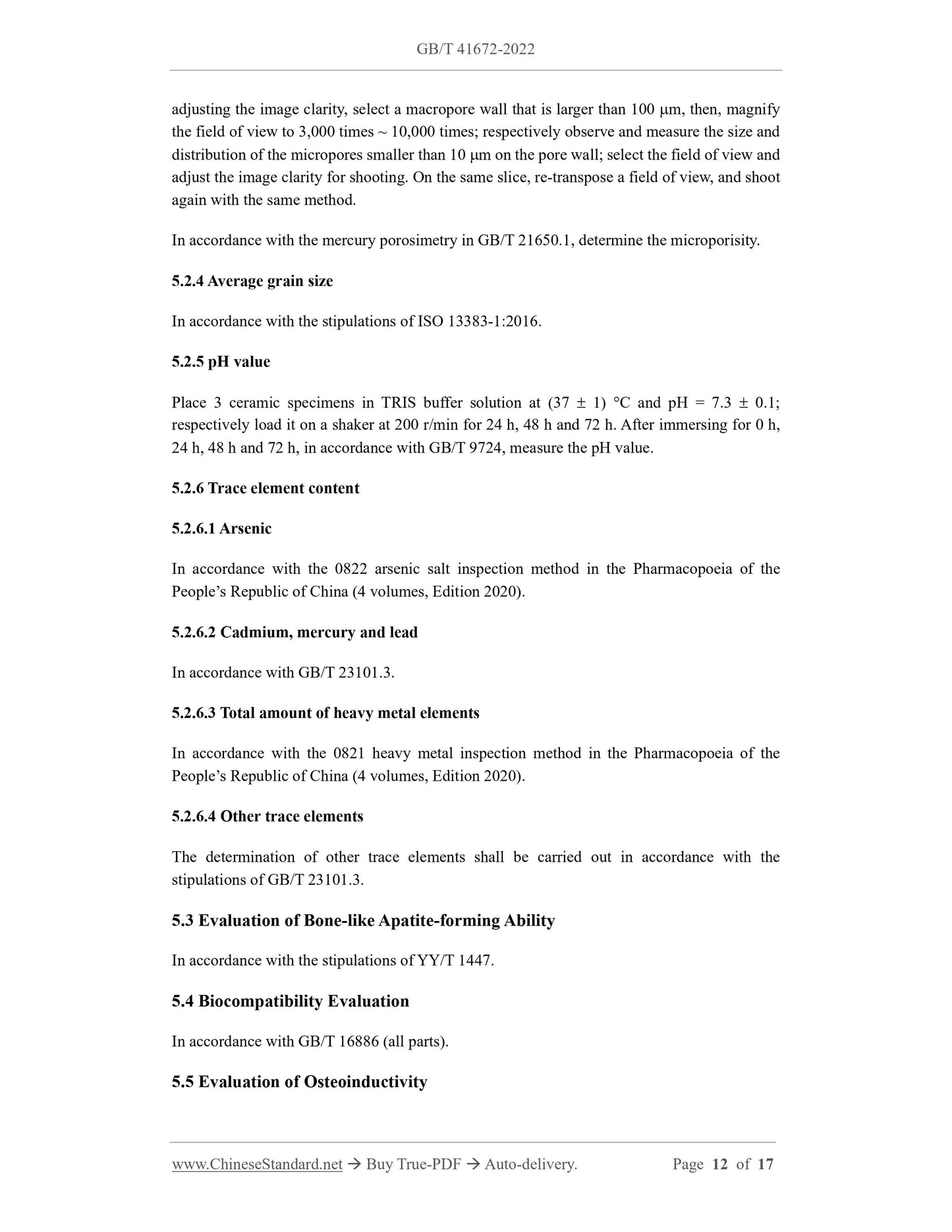1
/
of
7
www.ChineseStandard.us -- Field Test Asia Pte. Ltd.
GB/T 41672-2022 English PDF (GB/T41672-2022)
GB/T 41672-2022 English PDF (GB/T41672-2022)
Regular price
$245.00
Regular price
Sale price
$245.00
Unit price
/
per
Shipping calculated at checkout.
Couldn't load pickup availability
GB/T 41672-2022: Implants for surgery - Osteoinductive calcium phosphate bioceramics
Delivery: 9 seconds. Download (and Email) true-PDF + Invoice.Get Quotation: Click GB/T 41672-2022 (Self-service in 1-minute)
Newer / historical versions: GB/T 41672-2022
Preview True-PDF
Scope
This document specifies the technical requirements and test methods for osteoinductive calciumphosphate bioceramics.
This document is applicable to osteoinductive calcium phosphate bioceramics for surgical
implants.
Basic Data
| Standard ID | GB/T 41672-2022 (GB/T41672-2022) |
| Description (Translated English) | Implants for surgery - Osteoinductive calcium phosphate bioceramics |
| Sector / Industry | National Standard (Recommended) |
| Classification of Chinese Standard | C35 |
| Word Count Estimation | 15,147 |
| Issuing agency(ies) | State Administration for Market Regulation, China National Standardization Administration |
Share
